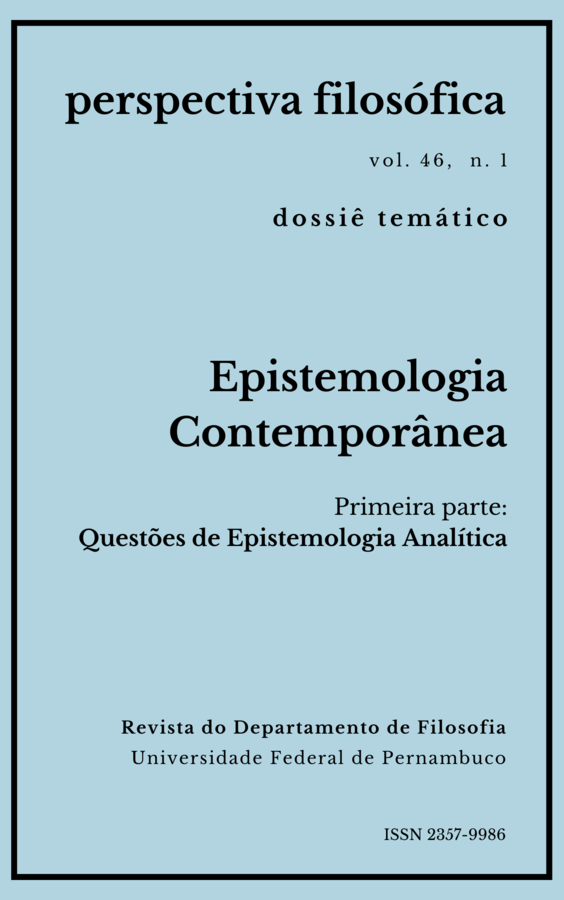A Construção do Mundo: o papel da arte no inter homines esse
DOI:
https://doi.org/10.51359/2357-9986.2019.245230Keywords:
art, world, forms of life, Arendt, WittgensteinAbstract
This paper aims to explore the role of art on the construction of the notion of world, which appears at Hannah Arendt’s thought under Heidegger’s and Husserl’s conceptual heritage, and covers the plethora of things that are intrinsically human, by contrast to those naturally given. By the other side, we explore Wittgenstein’s late philosophy through the notion of forms of life, which, in our perspective, consists in a structural operator to the comprehension of language, art and cultures. Our conjecture is that Arendt and Wittgenstein’s philosophical enterprises share a few common features.References
ARENDT, Hannah. A condição humana. Rio de Janeiro: Editora Forense,2013.
ARISTÓTELES. Metafísica. (Tradução e Comentários de David Bostock).Oxford: Clarendon Press, 2003.
CAVELL, Stanley. Declining decline: Wittgenstein as a philosopher ofculture. In Inquiry: An Interdisciplinary Jounal of Philosophy, volume 31,número 3, p. 253-264, 1988.
DANTO, Arthur. The Artworld. In The Journal of Philosophy, volume 61,número 19, p. 571-584, 1964.
DUARTE, André. O Pensamento à Sombra da Ruptura: Política e Filosofiaem Hannah Arendt. São Paulo: Paz e Terra, 2000.
GEACH, Peter. Logic Matters. Oxford: Basil-Blackwell, 1972.
MACGINN, Marie. Wittgenstein and the Philosophical Investigations.Londres: Taylor & Francis, 1997.
PASSOS, Fábio dos. O Conceito De Mundo em Hannah Arendt: Um passoem direção à superação do hiato entre Filosofia e Política, 2013, p. 78.
WITTGENSTEIN, Ludwig. Philosophische Untersuchungen –Philosophical Investigations. ANSCOMBE, G., HACKER, P. & SCHULTE,J. (Trad.). Oxford: Basil-Blackwell, 2009.
Downloads
Published
Issue
Section
License
A Revista Perspectiva Filosófica orienta seus procedimentos de gestão de artigos conforme as diretrizes básicas formuladas pelo Conselho Nacional de Desenvolvimento Científico e Tecnológico (CNPq). http://www.cnpq.br/web/guest/diretrizesAutores que publicam nesta revista concordam com os seguintes termos:
Os autores mantém os direitos autorais e concedem à revista o direito de primeira publicação, sendo o trabalho simultaneamente licenciado sob https://creativecommons.org/licenses/by/4.0/deed.pt_BR que permite o compartilhamento do trabalho com reconhecimento da autoria e publicação inicial nesta revista.
Os autores têm autorização para assumir contratos adicionais separadamente, para distribuição não-exclusiva da versão do trabalho publicada nesta revista, com reconhecimento de autoria e publicação inicial nesta revista (Consultar http://opcit.eprints.org/oacitation-biblio.html).

Esta revista está licenciada com uma Licença Creative Commons Atribuição 4.0 Internacional.













